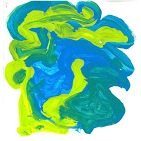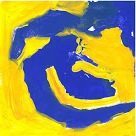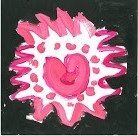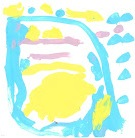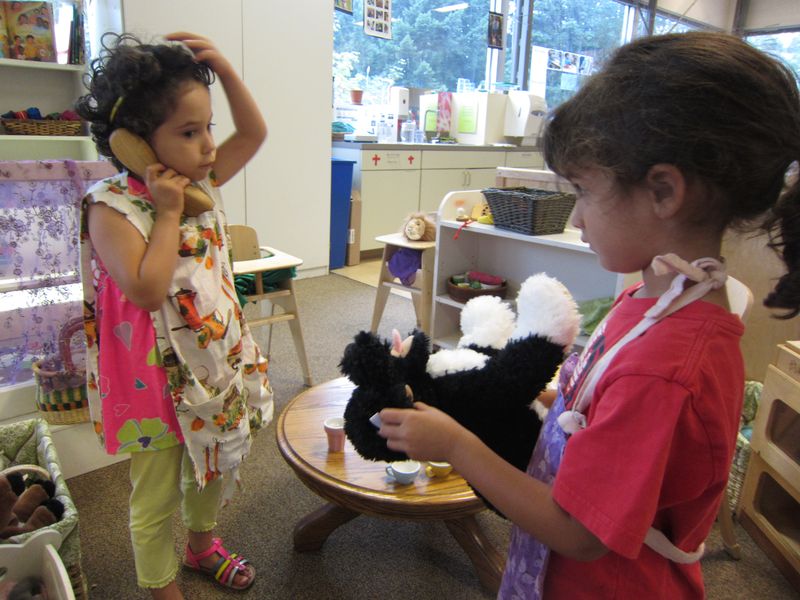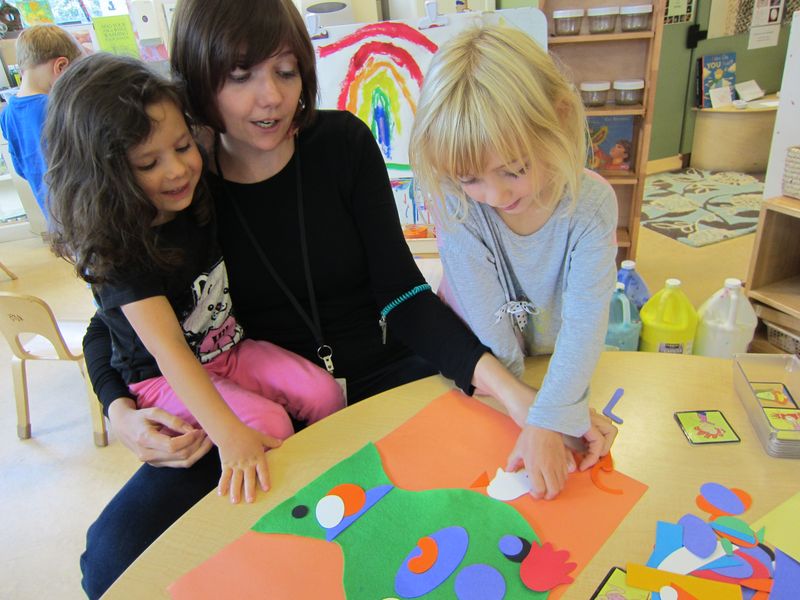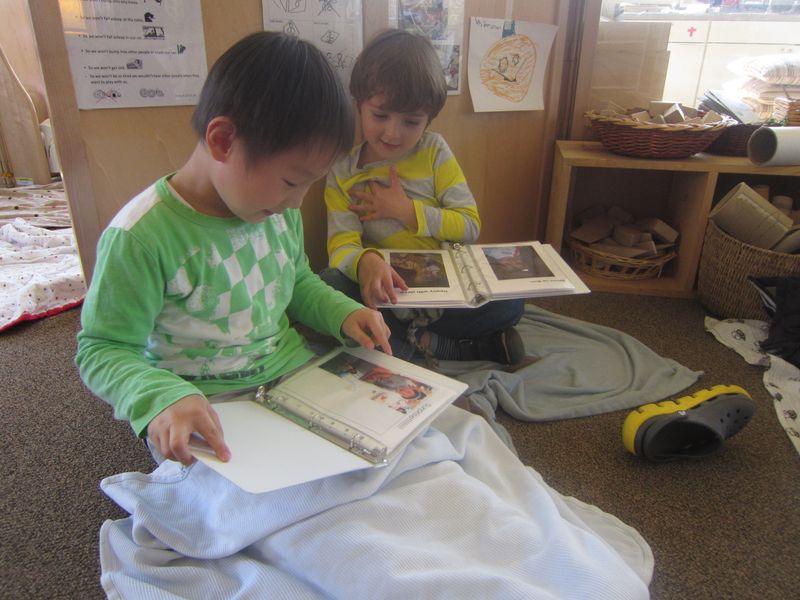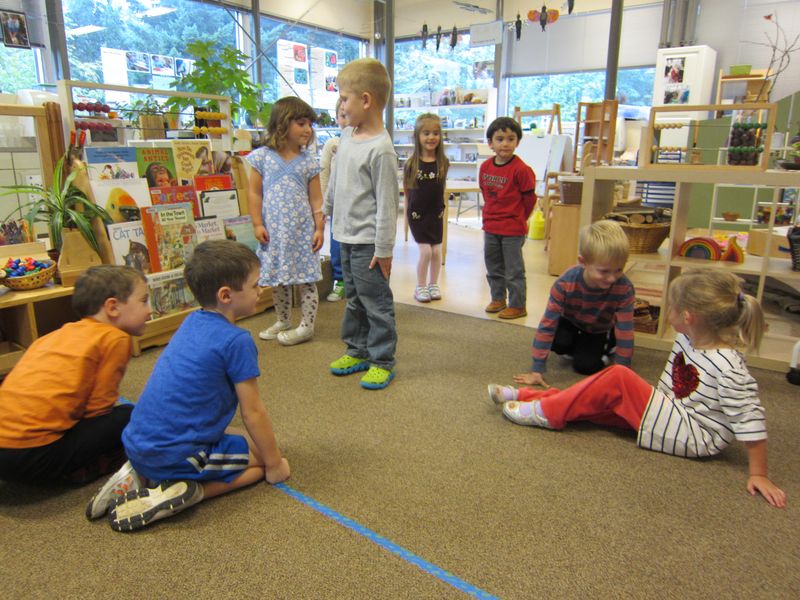The Power of Story Part 2
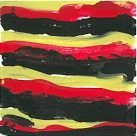




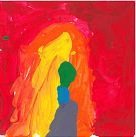
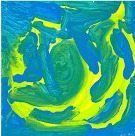
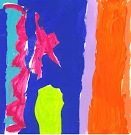
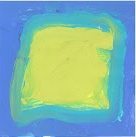
This post is a continuation of a series on The Power of Story: A recap and introduction from last month’s Beginning School Curriculum night.
Foundation of Story: Schema
“There is a world in every word” ~Carlina Rinaldi
Schema is our interpretation of everything that we know based on our previous experiences. It is the mental models that we create as we make meaning of our world through our experiences. Our schema can shift and adjust as we encounter new information and experiences. Schema is what we activate when we connect what we know to new information. Uncovering one another’s schema helps us to see how unique we are in our understandings of the world around us, based on our interpretations of our experiences.
At Opal School, children have many opportunities to uncover their schema in a variety of ways.
Recently we invited the children to “crack open” the word Love as a way to uncover the worlds that live inside of this word.
Below is a sampling of the wide range of children’s thinking…
Love is your heart. Everyone gives love. When you get mad or feel sad, love still follows you.
My mom and dad make my love grow when they hug me. The hugs go into my heart.
Love is bigger than the earth. You get love from your whole family, even your cousins. Love is when you play with someone. Love is really strong, like the wind. When you get mad or feel sad, love is in your heart. Even if your mom says, “no” love follows you.
Love is hugs and kisses. Love is strong as cement and strong as a tornado. Love lasts not for just one minute.
I give my love to Matthew and he gives it back to me. I have a million hundred love for them (my family).
I feel love when people are happy and when I am happy. When my mom gives me hugs, I feel it.
Love is helping somebody. We love the whole world and the whole planet.
Inviting children to share their mental images is another way to reveal one another’s schemas. We recently explored this concept of sharing mental images by inviting the children to share what came to mind when they heard the word LOVE. Specifically we asked them to use tempera paint to explore these questions:
What does love feel like? What does it look like inside your heart?
I m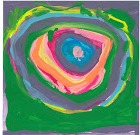 ade it round because I feel a round feeling in my heart. ~PY
ade it round because I feel a round feeling in my heart. ~PY
This love is big. It’s as big as the classroom. ~KP
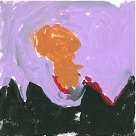
The brown (paint) feels sad because sometimes my sister hits me but the purple is all around it and it is really happy when my sister hugs me again. The black is even more happy than the purple. ~HF
I chose these colors because my daddy likes blue and my mommy likes green. I used the same colors but they are different. ~ZB 
These are my loving feelings. Love is happy. Love lasts forever. Only Mother Earth is stronger than love. AH
Yellow dot is the sun and the different color circles show the love. The sun makes it warm. ~MS
Schema as a part of Storytelling: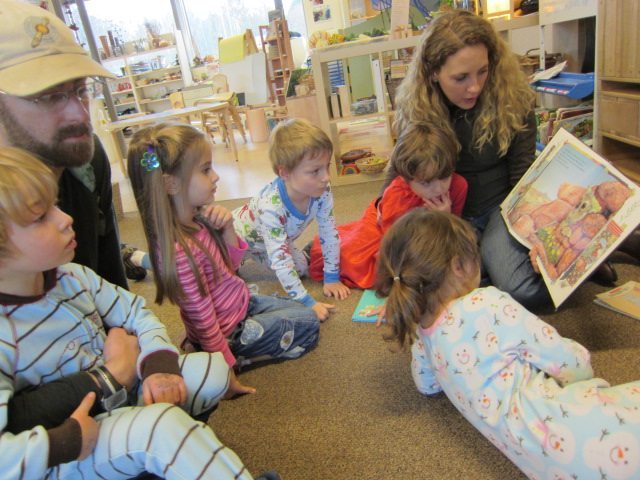
Oral storytelling, reading books, etc. are ways that we find out how our schemas differ from one another, maybe even uncovering questions when someone doesn’t have the schema to access a part of another’s story.
This happened last month when a student returned from a trip to Hawaii shared, “There was a hammock on the boat.” And another raised his hand and asked, “What is a hammock?”
DM: What is a hammock?
QD: You lay on it.
HF: And swing on it.
Teacher: it’s sometimes clipped between two trees like a blanket swing.
TO: You can sleep in it but instead of a bed it has two ropes and a blanket and the blanket is in the middle and it tips like that.
QD: It’s actually wrapped around a tree and clipped to the hammock and the other side is clipped to my fence.
DM: not a tree?
QD: No
Teacher: Does this give you a clearer picture in your mind of what a hammock is?
DM: yes!
At our last curriculum night, Early K parents had an opportunity to play with the connection between schema and storytelling by sharing stories and images that come to mind when they heared the word: tomato
While reading the following strories, consider the complexity that schema invites. How does this relate to the idea of creating a common understanding, or “shared language”, and all the dialogue and time necessary in doing so? How does it help to understand the role schema plays in developing empathy and new perspectives?
tomato
“Makes me think of my dad. He does this awesome heirloom salad and corn, cream and butter..”
“Some Russian people I work with grow the craziest tomatoes, they bury fish and the tomatoes come out as big as watermelons. They go fishing and bury the remains with the tomato plants. I’ve also been seeing a lot of patients come into the clinic with the flu and a great source for rehydration is tomato juice”
“Makes me think of my dad a lot of people in the south like to grow tomatoes and brag about how soon they can get their first one. He says, ‘it’s not American to not eat tomatoes’.”
“I see the color red. My friend, she bugs me because she always says, ‘hold the tomatoes’.”
“My daughter likes cherry tomatoes, she likes me to cut them in half and she likes to make faces with them.”
“I see all the different colors and shapes, tiny ones and big ones. Eathing them just like that or salsa, my mouth is watering…”
“Italy, because I was in Italy a long time ago near Naples and they have amazing tomatoes because of Mt. Vesuvius…”
“I was thinking how much I like to eat them, but I am the only one in our family who does. Today I ate them on a bagel and when there are tomatoes in our home, I can eat them all.”
Here are some sneak peeks for topics to follow in this blog series The Power of Story
-Structures that support storytelling (Story Workshop, oral storytelling, Story Theater, Mentor Texts, Students as reference and support
-The connection between literacy and the arts

